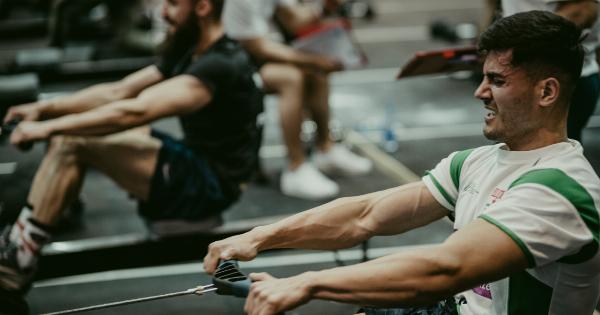When it comes to bodybuilding, one of the most commonly asked questions is whether exercises targeting local thickness can produce results. Local thickness refers to the thickness and size of a specific muscle group, such as the biceps or triceps.
Many people believe that by targeting these muscles with specific exercises, they can increase their size and definition. However, there is some debate within the bodybuilding community as to whether these exercises are effective at producing results.
What are Local Thickness Exercises?
Local thickness exercises are exercises that target specific muscle groups to increase their size and definition. For example, if you want to increase the size of your biceps, you might perform exercises like bicep curls or hammer curls.
These exercises focus the tension on the biceps, which can result in an increase in muscle size and definition over time.
The Theory Behind Local Thickness Exercises
There is some debate among experts as to the effectiveness of local thickness exercises.
On the one hand, proponents of local thickness exercises argue that by targeting specific muscle groups, you can stimulate muscle growth more effectively than with other exercises. This is because by focusing tension on a specific muscle group, you can create micro-tears in the muscle tissue, which then repairs itself and grows larger.
However, others argue that targeting local thickness is not necessary for muscle growth. They argue that compound exercises, which work multiple muscle groups at once, can be just as effective at stimulating muscle growth.
This is because compound exercises create a greater overall load on the body, which can lead to greater overall muscle growth.
The Science Behind Local Thickness Exercises
Research on local thickness exercises is limited, but the studies that have been conducted suggest that targeting specific muscle groups can be effective at producing results.
For example, a study published in the Journal of Strength and Conditioning Research found that performing arm curls resulted in greater bicep thickness than performing compound exercises like bench press and pull-ups.
Another study published in the European Journal of Applied Physiology found that targeting specific muscle groups with eccentric exercises (exercises that focus on the lowering phase of a movement) resulted in greater muscle growth and strength gains than performing traditional resistance training exercises.
The Importance of Variety
While local thickness exercises can be effective at producing results, it’s important to remember that variety is key.
If you only perform exercises that target specific muscle groups, you risk overtraining those muscles and limiting overall muscle growth. This is because muscles need time to recover and repair themselves after a workout, and if you’re constantly targeting the same muscle groups, you’re not allowing them enough time to recover.
In addition to variety, it’s also important to focus on progressive overload. This means gradually increasing the weight or resistance of your exercises over time.
By doing this, you’re placing increasing stress on your muscles, which can help to stimulate muscle growth and development.
Conclusion
In conclusion, local thickness exercises can be effective at producing results, particularly when combined with variety and progressive overload.
While there is some debate within the bodybuilding community as to the effectiveness of these exercises, research suggests that they can help to stimulate muscle growth and increase overall muscle size and definition. However, it’s important to remember that variety and progressive overload are key, and that focusing solely on local thickness exercises can limit overall muscle growth and development.





























